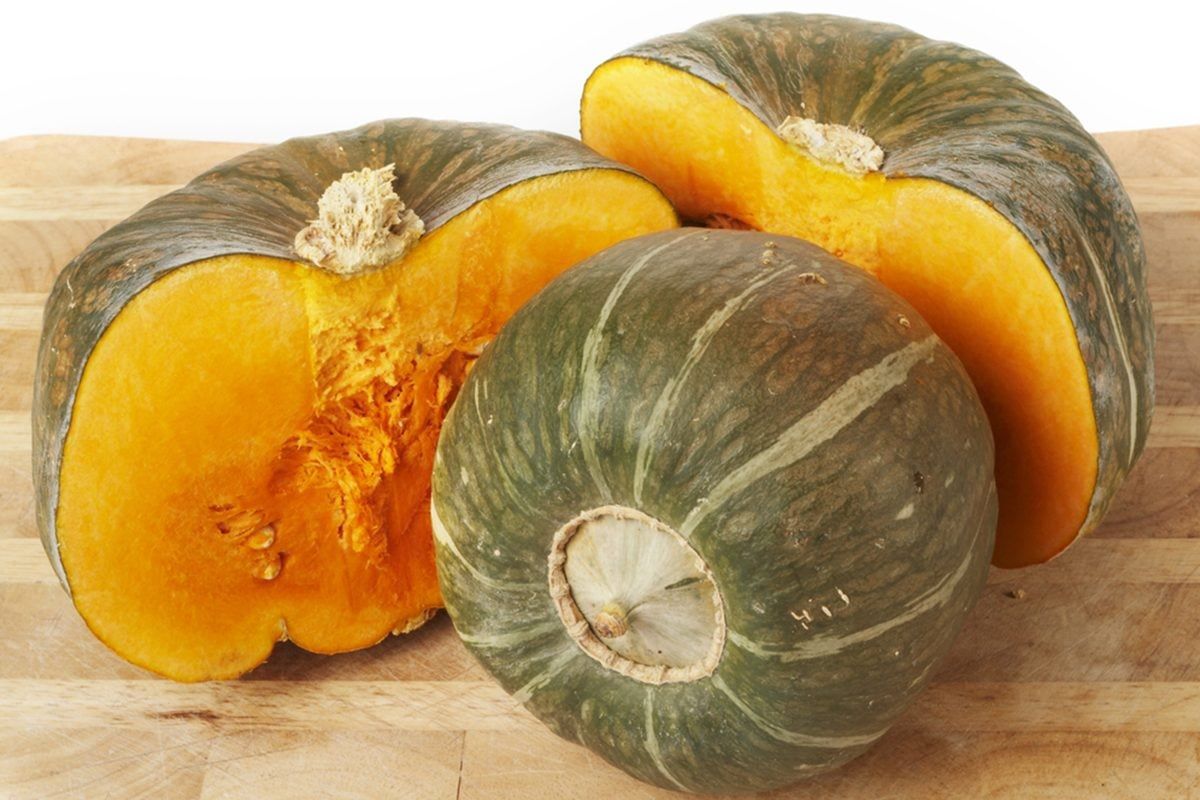

Articles
How To Store Buttercup Squash
Modified: February 28, 2024
Discover the best way to store buttercup squash in this helpful article. Learn how to keep your squash fresh for weeks.
(Many of the links in this article redirect to a specific reviewed product. Your purchase of these products through affiliate links helps to generate commission for Storables.com, at no extra cost. Learn more)
Introduction
Welcome to our comprehensive guide on how to store buttercup squash. Buttercup squash is a delicious and nutritious winter squash variety that is known for its sweet and creamy flavor. It is rich in vitamins A and C, as well as fiber, making it a healthy addition to any diet. Whether you have harvested buttercup squash from your garden or bought it from a farmer’s market, proper storage is crucial to maintain its freshness and flavor.
In this article, we will walk you through the process of selecting the right buttercup squash, preparing it for storage, and creating the ideal conditions to extend its shelf life. We will also discuss the different methods of storage, including storing the squash whole and freezing it for later use. By following our tips and recommendations, you can enjoy buttercup squash throughout the winter months.
Key Takeaways:
- Properly storing buttercup squash is crucial for maintaining its freshness and flavor throughout the winter. Choosing the right squash, preparing it for storage, and creating ideal storage conditions are essential steps.
- Whether storing buttercup squash whole or freezing it, proper preparation is key to enjoying its delicious flavors. From baking and roasting to mashing and pureeing, there are endless culinary possibilities to explore.
Read more: How To Store Squash
Choosing the Right Buttercup Squash
When it comes to storing buttercup squash, selecting the right squash from the beginning is crucial. Here are some tips to help you choose the best buttercup squash for storage:
- Look for a firm and heavy squash: A good-quality buttercup squash should feel firm when you press your finger against it. It should also feel heavy for its size, indicating that it is packed with flesh.
- Check for a deep, rich color: The skin of the buttercup squash should be a dark green color. Avoid squash with blemishes, cracks, or soft spots, as these may indicate that the squash is overripe or has started to spoil.
- Inspect the stem: The stem of the squash should be firmly attached and dry. Avoid squash with mushy or moldy stems, as this can indicate that the squash is no longer fresh.
- Consider the size: Buttercup squash comes in various sizes, but for storage purposes, it is best to choose medium-sized squash. They are easier to handle and have a good balance of flavor and maturity.
By carefully selecting your buttercup squash, you are setting the foundation for successful storage and ensuring that you have the best quality squash to enjoy throughout the winter season.
Preparing Buttercup Squash for Storage
Before you store your buttercup squash, it is important to properly prepare it to ensure maximum freshness and longevity. Here are the steps to follow:
- Clean the squash: Start by gently wiping the squash with a clean, damp cloth to remove any dirt or debris on the surface. Avoid washing the squash, as excess moisture can lead to spoilage.
- Cut off the stem: Use a sharp knife to carefully cut off the stem of the squash, leaving about ½ inch of the stem intact. This helps to prevent moisture loss and potential rotting.
- Cure the squash: Curing is a process that helps to harden the skin of the squash and intensify its flavor. Place the squash in a warm, dry area with good airflow, such as a sunny windowsill or a well-ventilated room, for about 1 to 2 weeks. This step is optional but highly recommended for optimal storage.
- Inspect for any damage: Before storing, carefully examine each squash for any signs of damage or soft spots. It is important to remove any squash that appears to be spoiled, as it can quickly spoil and affect the other squash in storage.
By taking these steps to prepare your buttercup squash, you are ensuring that it is clean, dry, and ready for storage. This will help to extend its shelf life and maintain its quality for an extended period of time.
Ideal Storage Conditions
Creating the ideal storage conditions for your buttercup squash is crucial to maintain its freshness and prevent premature spoilage. Here are the key factors to consider:
- Temperature: Buttercup squash should be stored in a cool environment with temperatures ranging between 50 and 55 degrees Fahrenheit (10 to 13 degrees Celsius). Avoid storing the squash at temperatures below 50°F (10°C), as it can cause the squash to deteriorate quickly.
- Humidity: Maintaining proper humidity levels is important to prevent the squash from drying out or becoming too moist. Aim for a humidity level of around 50 to 70%. Too much moisture can lead to mold growth, while excessive dryness can cause the squash to shrivel.
- Ventilation: Good air circulation is vital for preventing mold and rot. Avoid stacking the squash on top of each other and ensure that there is ample space between them to allow for proper airflow.
- Light: Buttercup squash should be stored in a dark location to prevent the degradation of its nutrients and flavor. Exposure to light can cause the squash to spoil more quickly.
An ideal storage location for buttercup squash is a cool basement, cellar, or a well-ventilated pantry. Avoid storing the squash near fruits or vegetables that emit ethylene gas, such as apples or bananas, as this can cause the squash to ripen and spoil faster.
By providing the optimal storage conditions mentioned above, you can extend the shelf life of your buttercup squash and enjoy its delicious flavors for weeks or even months to come.
Store buttercup squash in a cool, dry place with good air circulation, such as a pantry or cellar. Avoid storing in the refrigerator, as it can cause the squash to spoil more quickly.
Storing Buttercup Squash Whole
Storing buttercup squash whole is a convenient and easy method that allows you to enjoy fresh squash whenever you need it. Here are the steps to follow when storing buttercup squash whole:
- Choose the right squash: Select firm and healthy squash, following the guidelines mentioned earlier in the article.
- Prepare the squash: Clean the squash by wiping off any dirt or debris with a damp cloth. Cut off the stem, leaving about ½ inch intact.
- Find a storage location: Place the squash in a cool, dark, and well-ventilated area, such as a basement, cellar, or pantry.
- Arrange the squash: Lay the squash in a single layer, making sure they are not touching each other. This allows for proper airflow and prevents the spread of moisture or mold.
- Regularly check the squash: Periodically inspect the squash for any signs of spoilage or soft spots. Remove any squash that is decaying to prevent it from affecting the others.
When stored under the ideal conditions mentioned earlier, buttercup squash can last for several months. It is best to consume the squash within this time frame for the best flavor and texture.
Remember, if you notice any squash starting to spoil, it is important to remove it immediately, as the decay can quickly spread to other squash and affect the entire batch.
Using the whole squash storage method allows you to have a steady supply of fresh buttercup squash for your favorite recipes throughout the winter season.
Read more: How To Store Winter Squash
Freezing Buttercup Squash
If you have an abundance of buttercup squash and want to preserve it for longer-term storage, freezing is an excellent option. Freezing buttercup squash allows you to enjoy its flavors and nutrients even when it is out of season. Follow these steps to properly freeze buttercup squash:
- Preparation: Begin by thoroughly washing the squash to remove any dirt or debris. Cut the squash in half lengthwise and remove the seeds and stringy pulp from the center using a spoon.
- Blanching: Blanching is a necessary step to preserve the quality of the squash. Bring a large pot of water to a boil and place the squash halves in the boiling water for approximately 3 minutes. Then, remove the squash and immediately transfer them to a bowl of ice water to cool rapidly.
- Packaging: Once the squash has cooled, carefully remove the skin using a knife or a peeler. Cut the squash into desired sizes, such as cubes or slices. Place the prepared squash into freezer-safe containers, leaving a small amount of headspace to allow for expansion. Alternatively, you can use freezer bags, removing as much air as possible before sealing.
- Labeling: Remember to label the containers or bags with the date and contents for easy identification later on.
- Freezing: Place the containers or bags in the freezer, making sure they are placed in a single layer until fully frozen. Once frozen, they can be stacked for more efficient storage.
- Thawing: When you are ready to use the frozen squash, remove it from the freezer and thaw it in the refrigerator overnight. Thawed squash can then be used in various recipes, such as soups, stews, or roasted dishes.
Frozen buttercup squash can be stored for up to a year in the freezer, retaining much of its flavor and nutritional value. However, keep in mind that freezing may slightly alter the texture of the squash, making it softer after thawing.
By freezing buttercup squash, you can enjoy its delicious taste and health benefits throughout the year, even when it is not in season.
Preparing Buttercup Squash for Consumption
When it’s time to enjoy your stored buttercup squash, proper preparation is key to bringing out its delicious flavors. Here are some methods for preparing buttercup squash for consumption:
- Baking: Preheat your oven to 375°F (190°C). Cut the squash in half, scoop out the seeds and pulp, and place the halves cut-side down on a baking sheet. Bake for about 45-60 minutes, or until the flesh is tender. Once baked, you can scoop out the flesh and use it in various dishes like soups, purees, or as a side dish.
- Roasting: Preheat your oven to 400°F (205°C). Cut the squash into cubes or wedges and toss them with olive oil, salt, and your desired seasonings. Spread the squash in a single layer on a baking sheet and roast for about 30-40 minutes, turning halfway through, until the squash is caramelized and tender.
- Mashing: Similar to preparing mashed potatoes, boil the peeled and cubed squash until tender. Drain the squash and mash it with butter, salt, and pepper to taste. You can also add other ingredients like garlic or herbs for extra flavor. Serve as a tasty side dish.
- Soups and Stews: Buttercup squash is perfect for creamy, comforting soups and hearty stews. After peeling and cubing the squash, add it to your favorite soup or stew recipe. Simmer until the squash is tender and the flavors have melded together.
- Purees: Pureeing buttercup squash creates a smooth and velvety texture that can be used as a base for sauces, dips, or spreads. Simply steam or boil the squash until tender, then blend it in a food processor or blender until smooth. Season with spices or herbs for added flavor.
Remember to season your buttercup squash preparations to your liking, using spices such as cinnamon, nutmeg, or sage, to enhance the natural sweetness and compliment the flavor profile.
By utilizing these preparation methods, you can experience the versatility and deliciousness of buttercup squash in a variety of culinary creations.
Conclusion
Storing buttercup squash properly is essential to preserve its freshness and flavor for extended periods. By following the steps outlined in this comprehensive guide, you can ensure that your buttercup squash remains delicious and nutritious throughout the winter months.
Choosing the right buttercup squash, preparing it for storage, and creating the ideal storage conditions are key factors in maintaining its quality. Whether you opt to store the squash whole or freeze it for later use, each method has its advantages and allows for a versatile range of culinary possibilities.
When it’s time to enjoy your stored buttercup squash, remember to prepare it correctly to bring out its full potential. Whether you prefer baking, roasting, mashing, or incorporating it into soups and stews, the buttery and sweet flavors of the squash will shine through.
By taking the time to properly store and prepare buttercup squash, you can savor its delightful taste, reap its nutritional benefits, and add a touch of warmth to your winter meals.
So, go ahead and start storing your buttercup squash today, knowing that you’ll have a delicious and healthy ingredient on hand whenever you need it!
Frequently Asked Questions about How To Store Buttercup Squash
Was this page helpful?
At Storables.com, we guarantee accurate and reliable information. Our content, validated by Expert Board Contributors, is crafted following stringent Editorial Policies. We're committed to providing you with well-researched, expert-backed insights for all your informational needs.
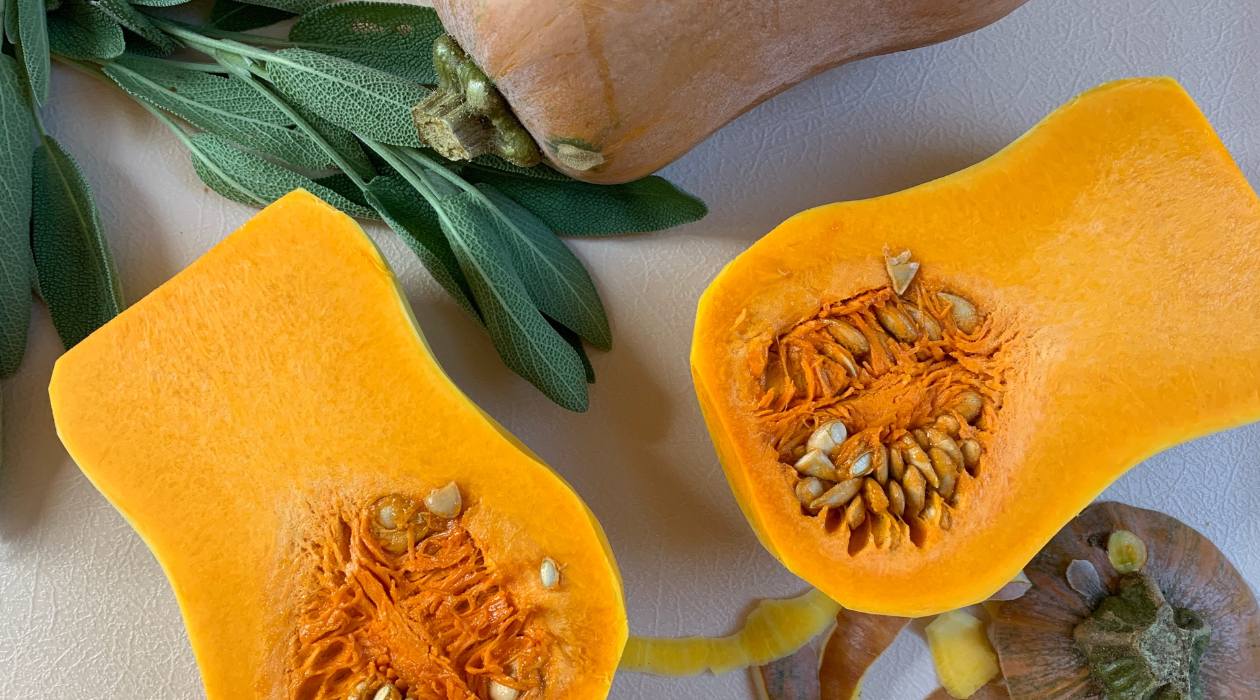
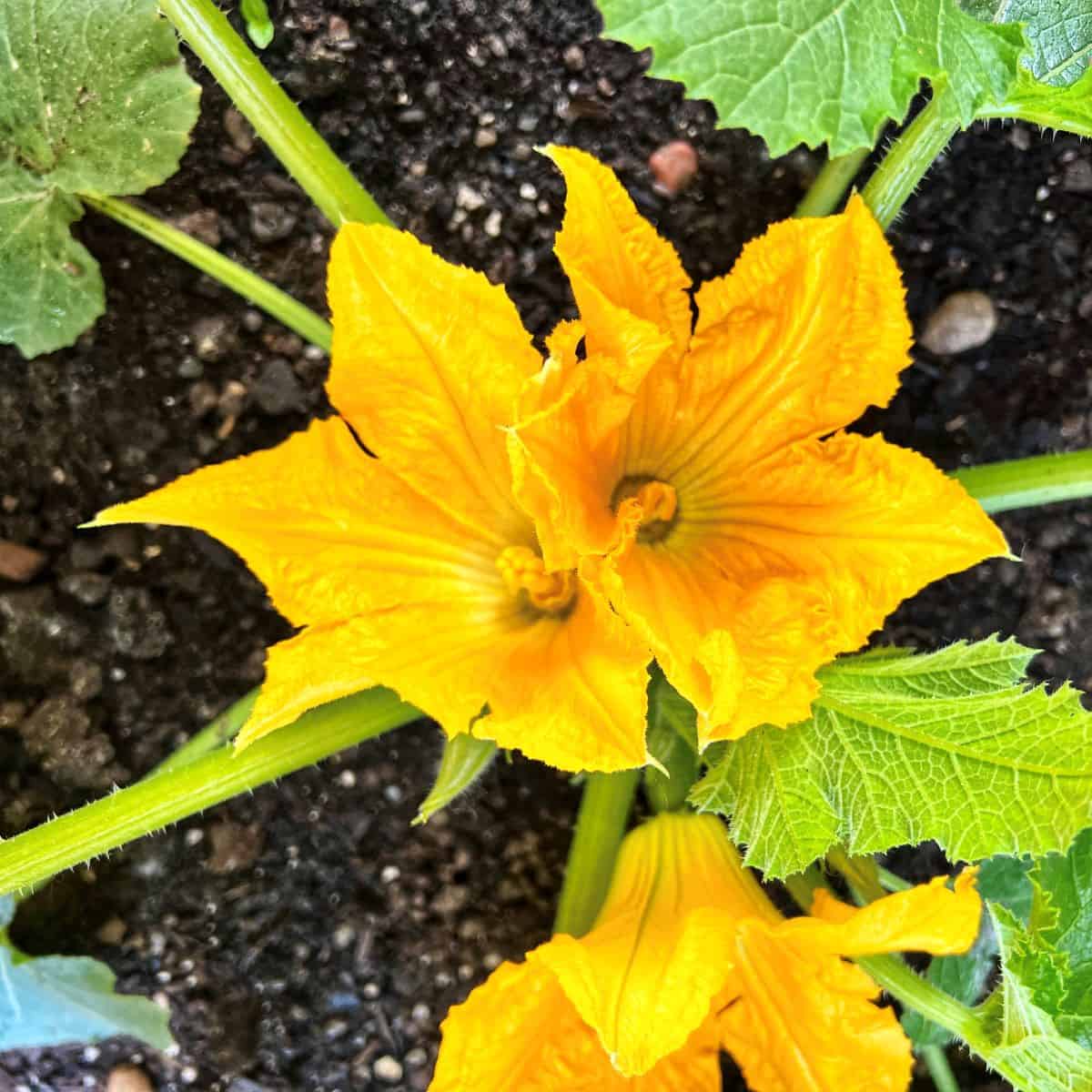
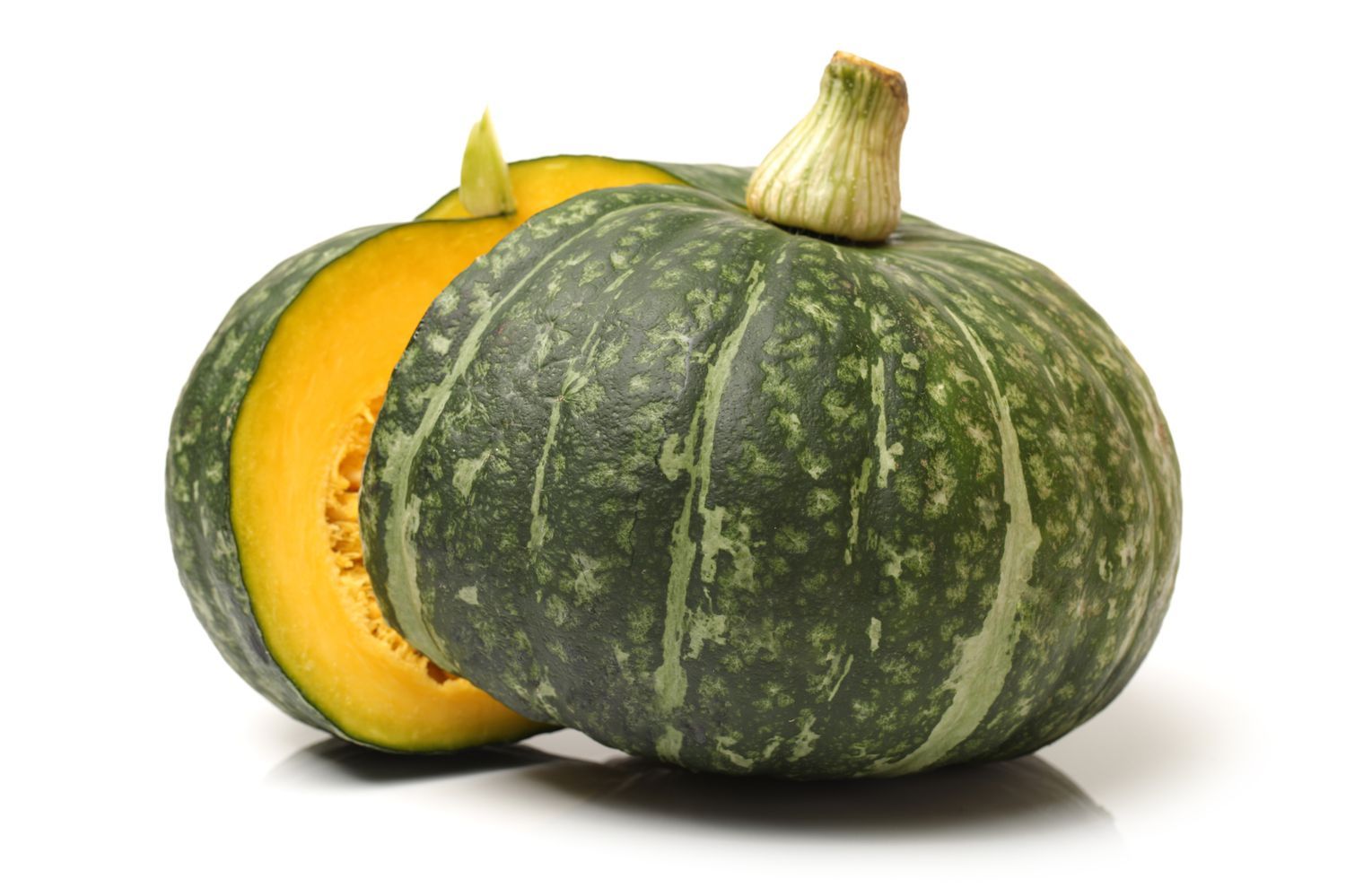
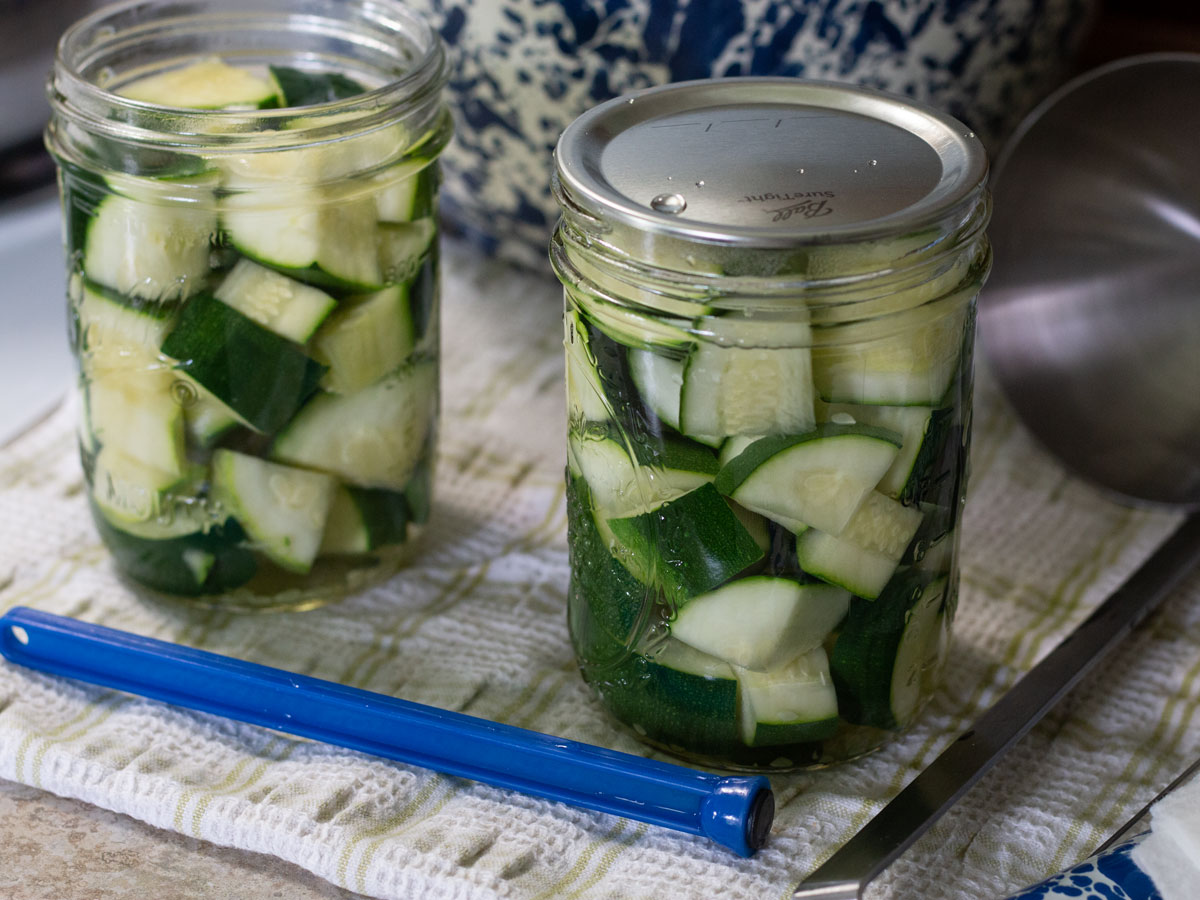
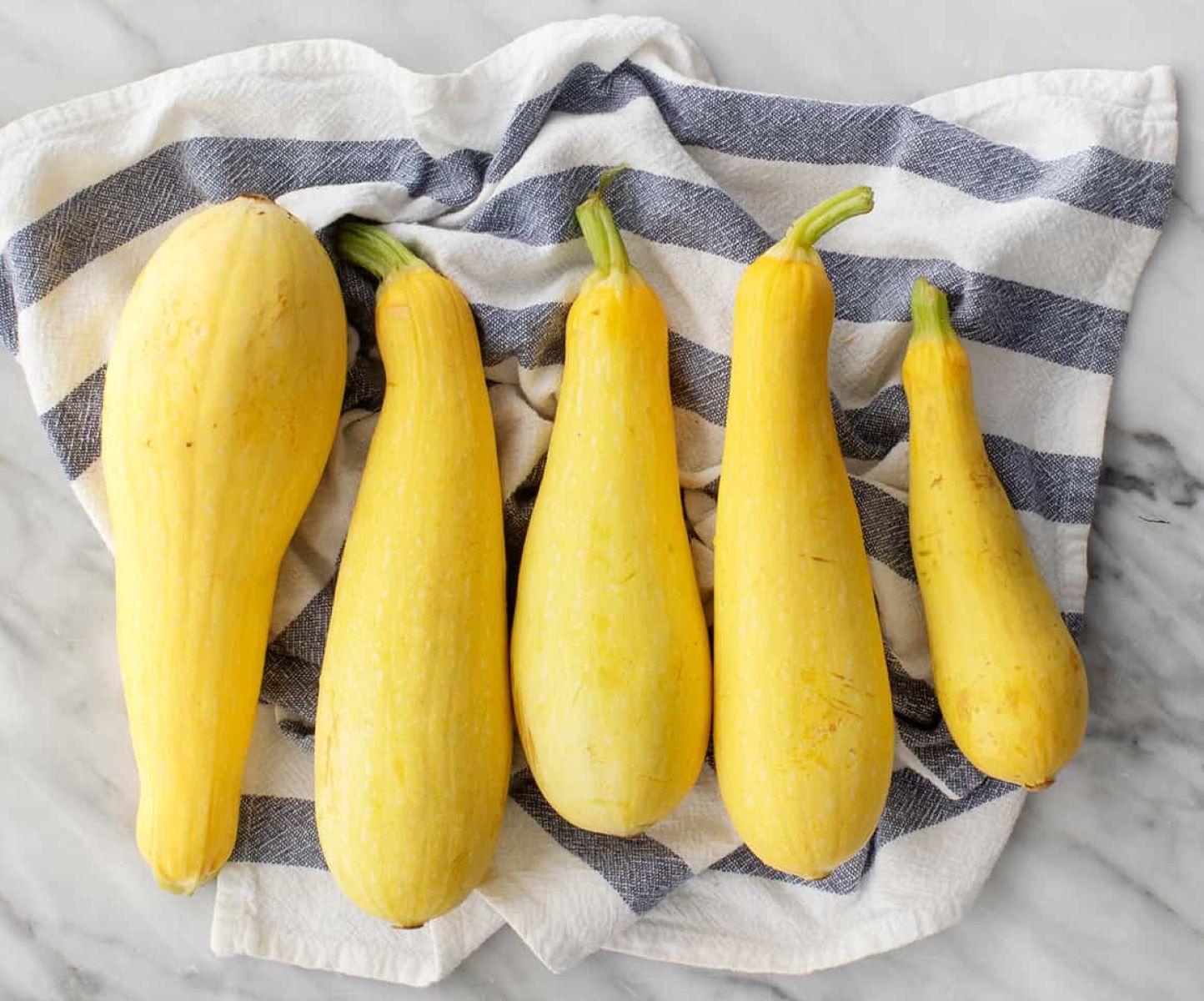
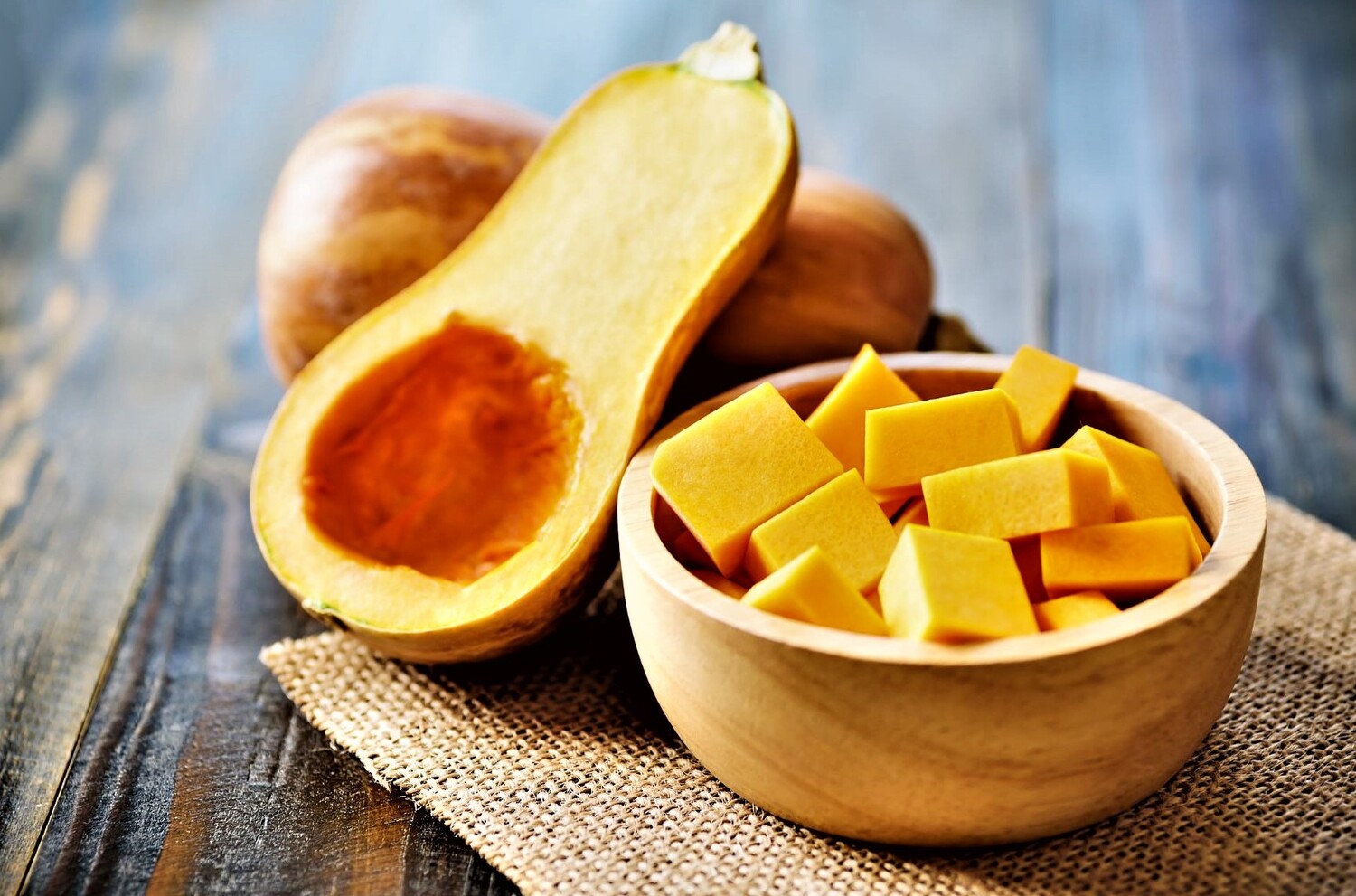
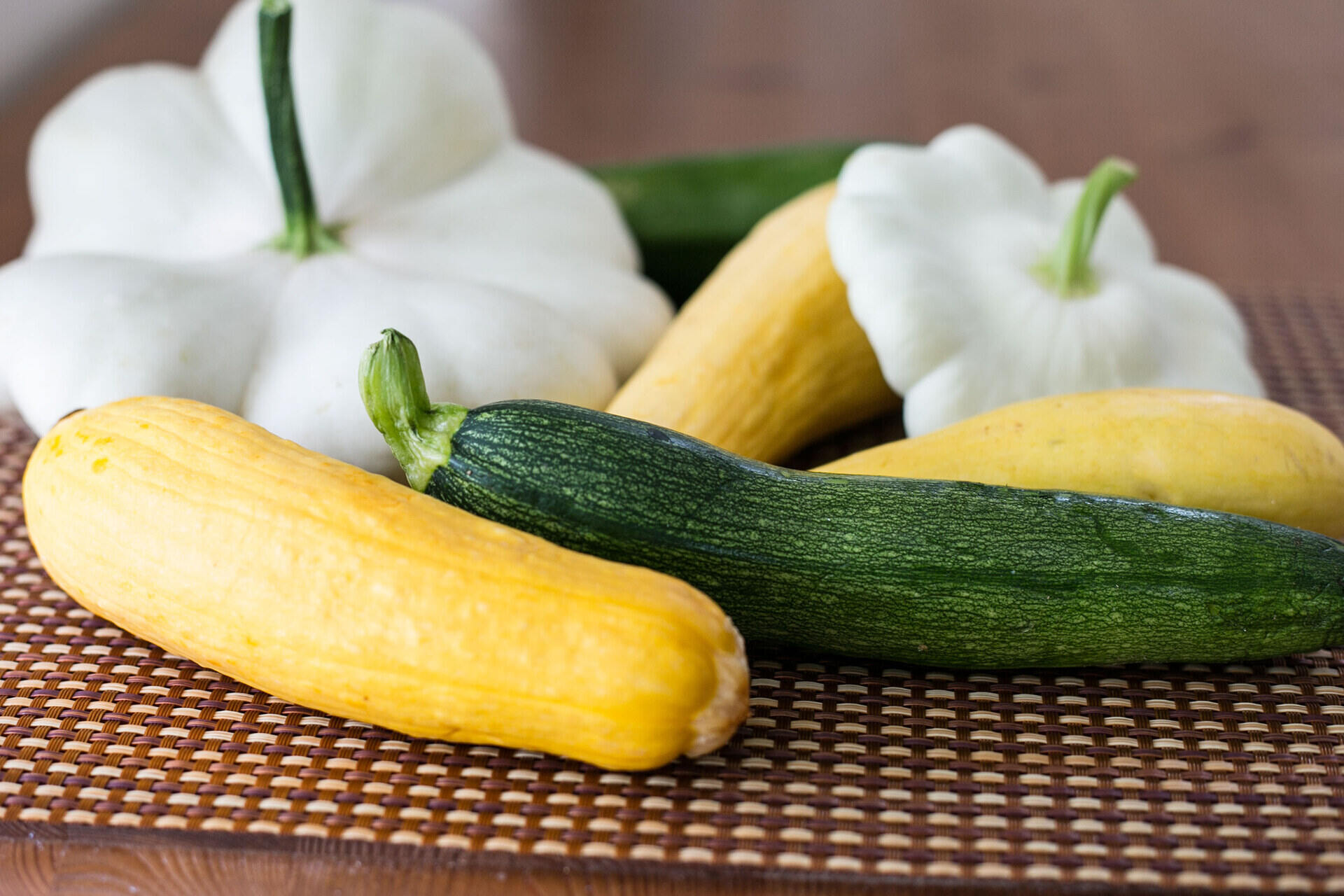
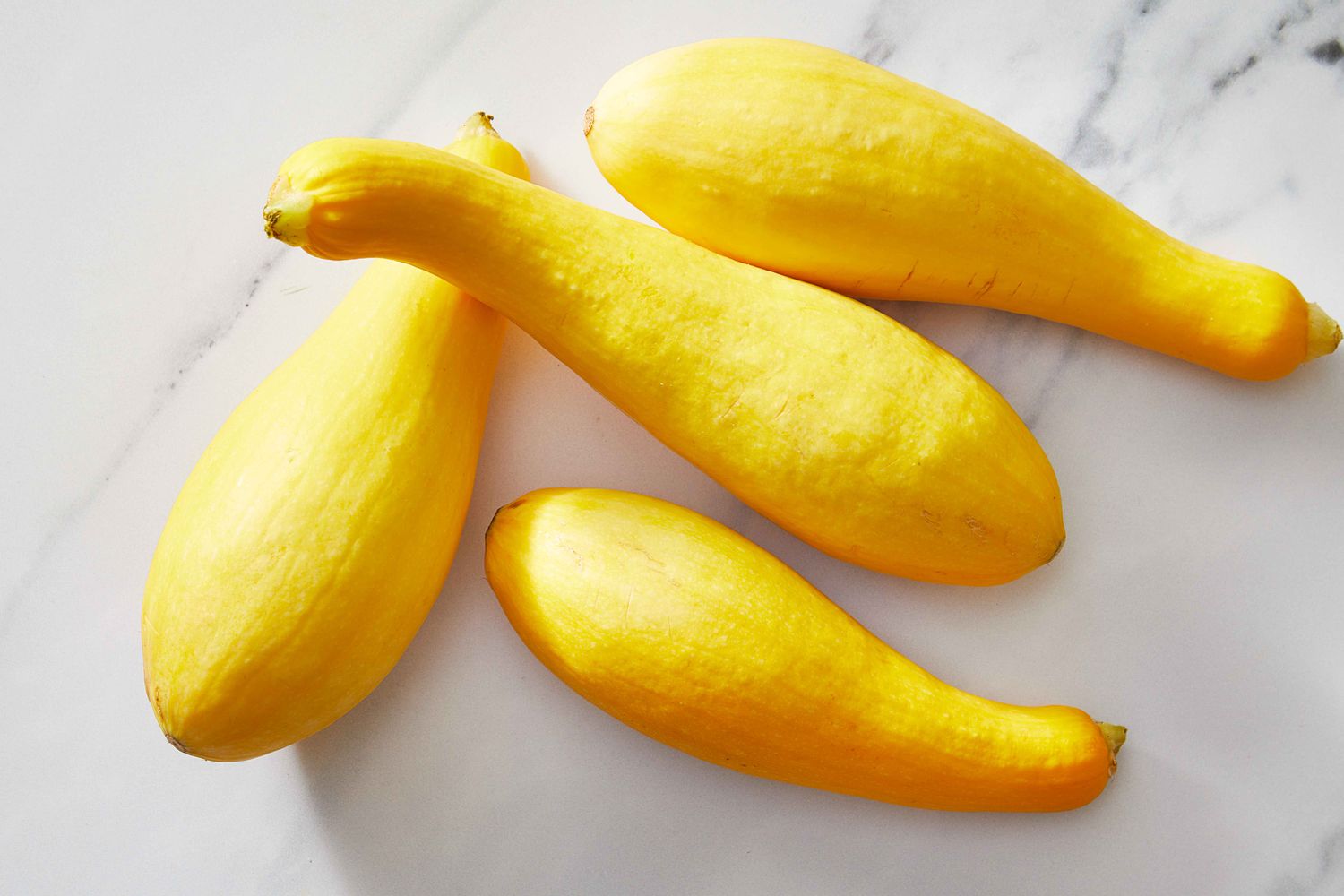
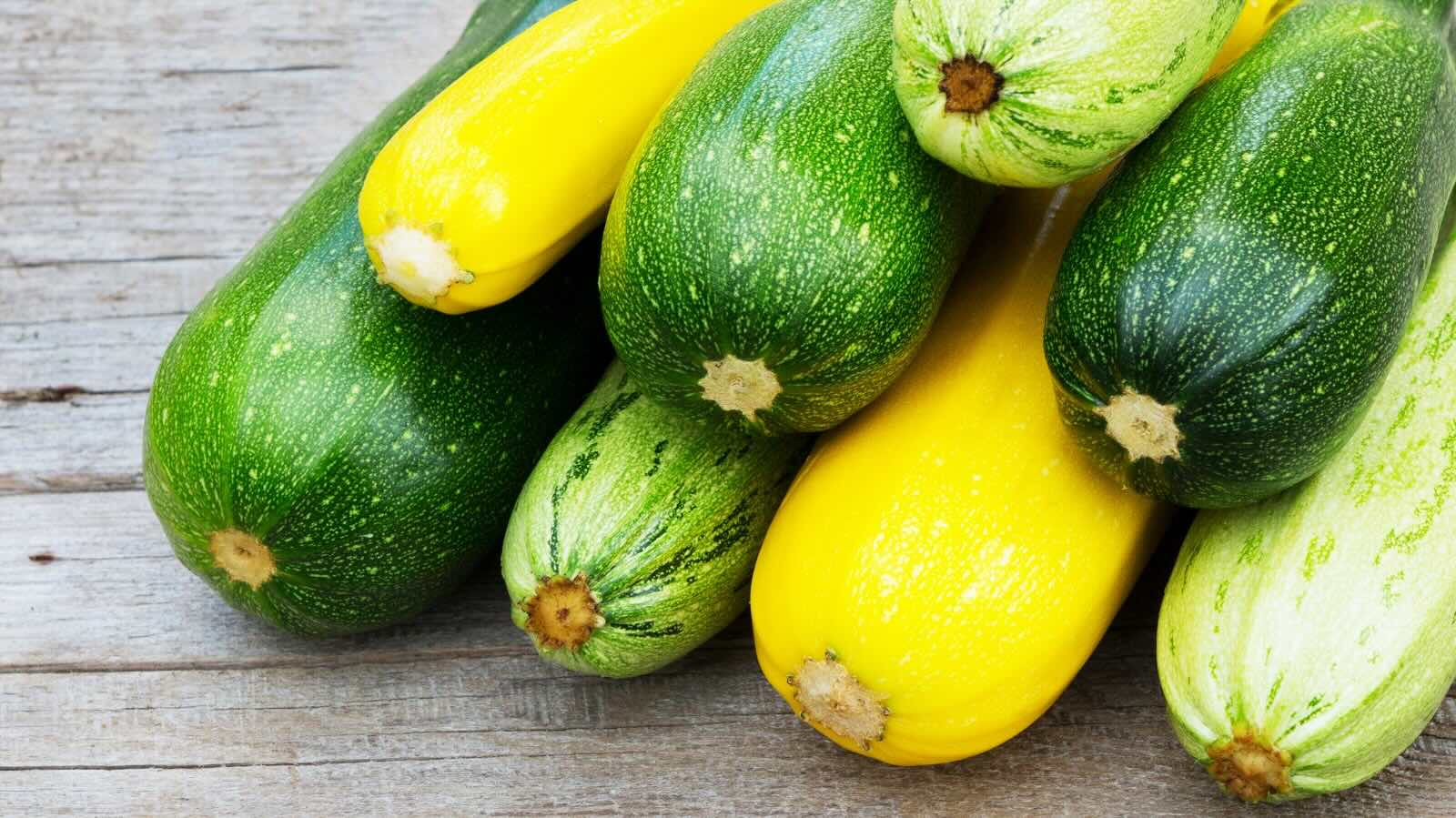
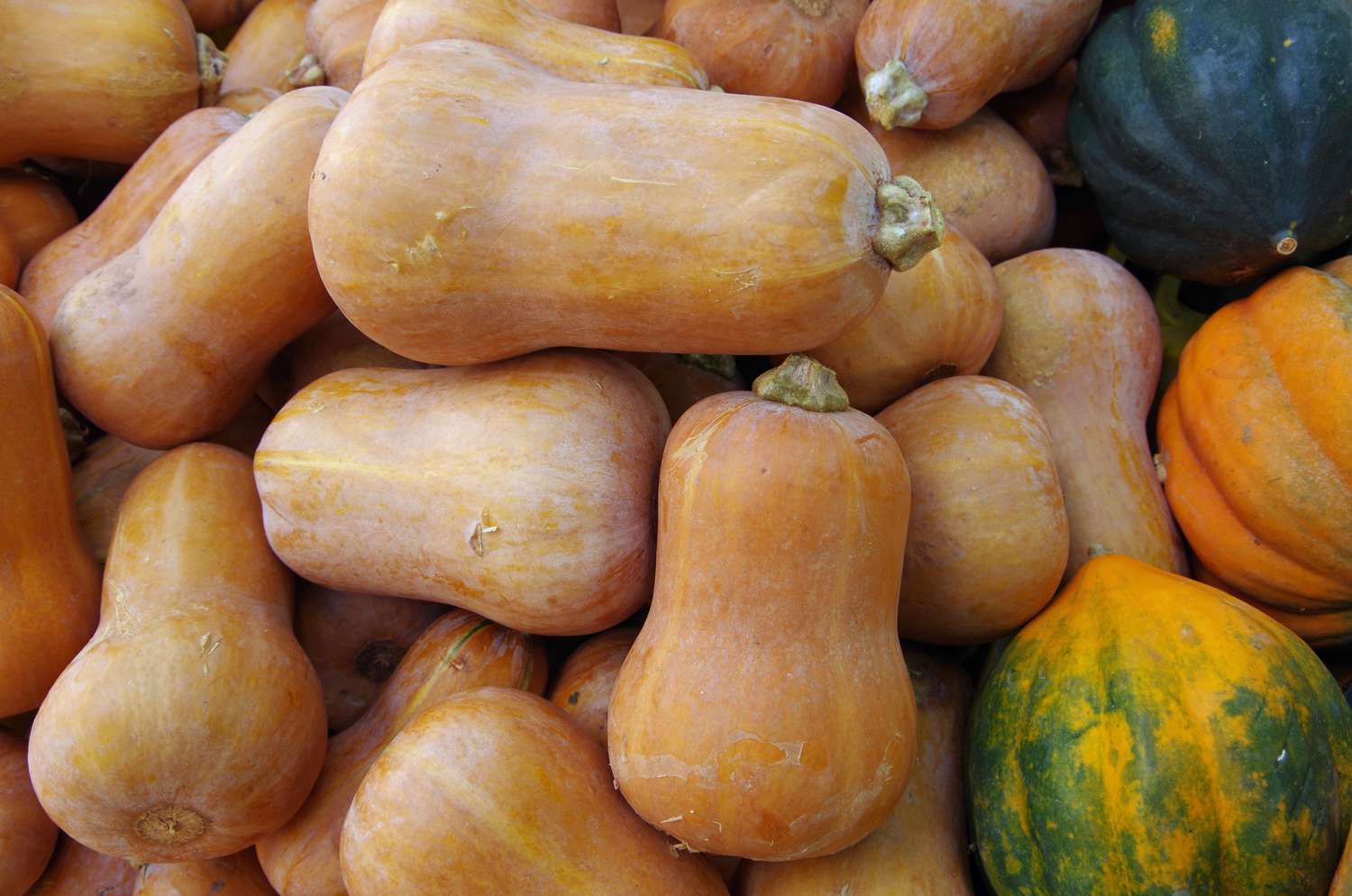
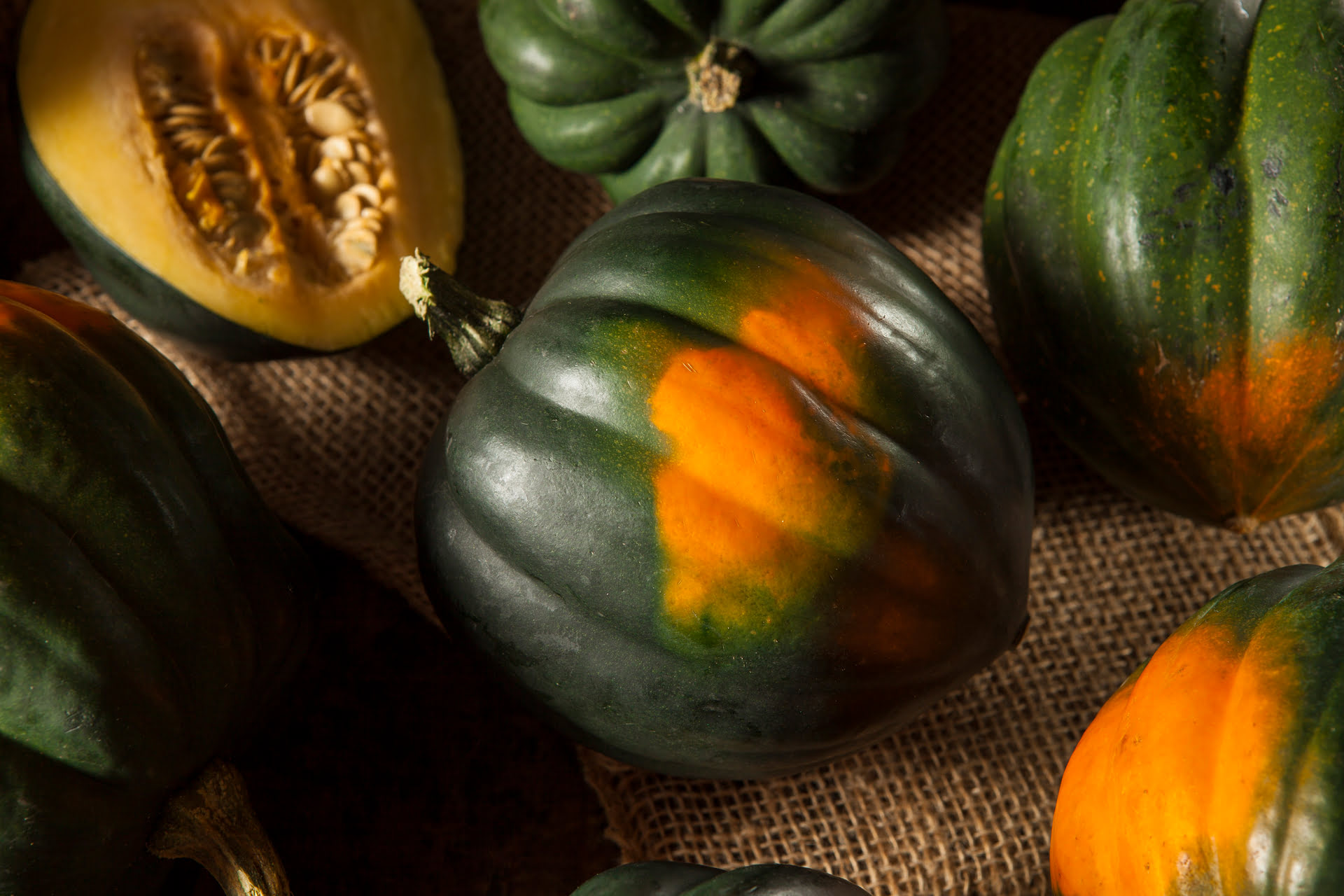
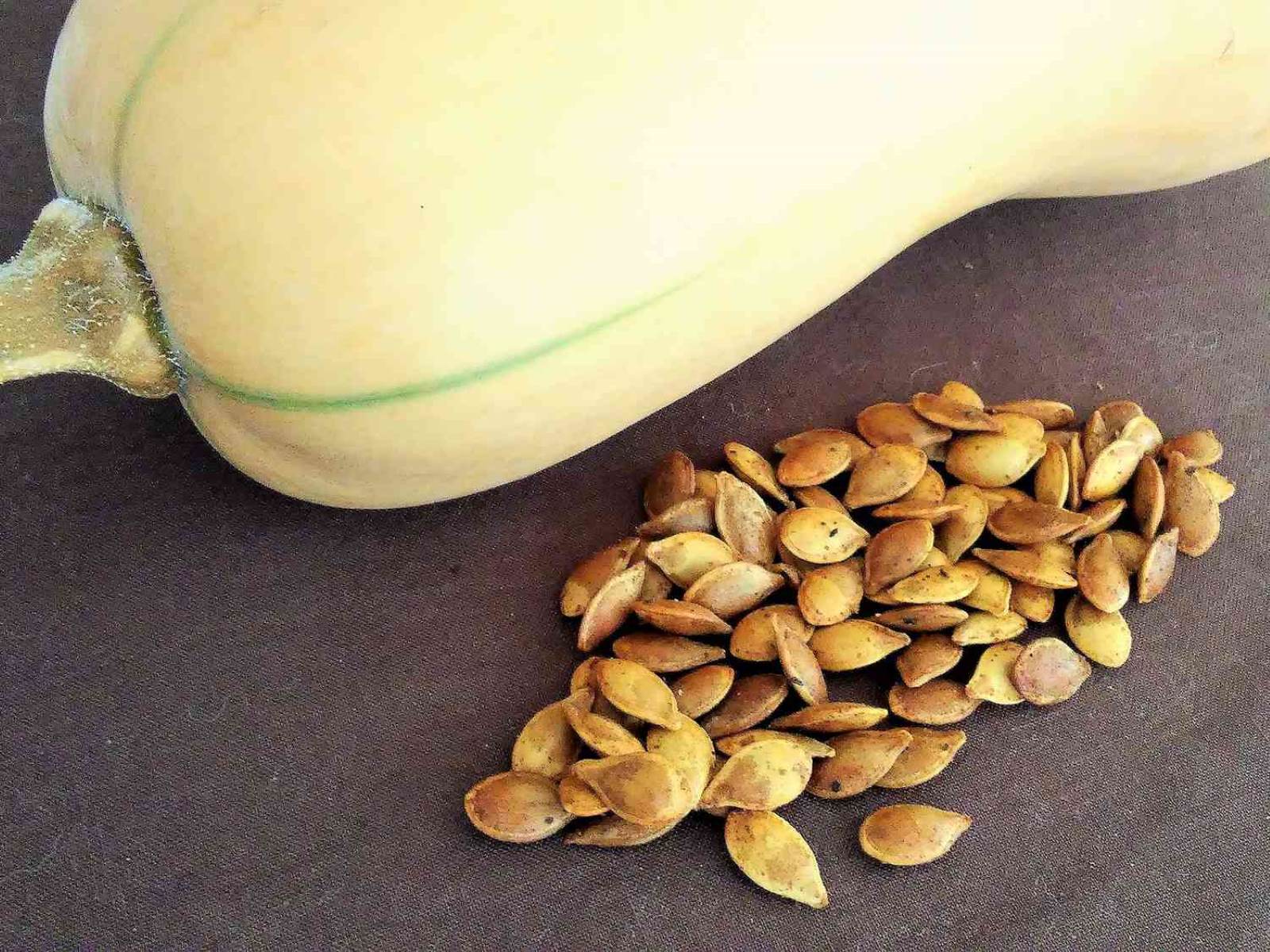

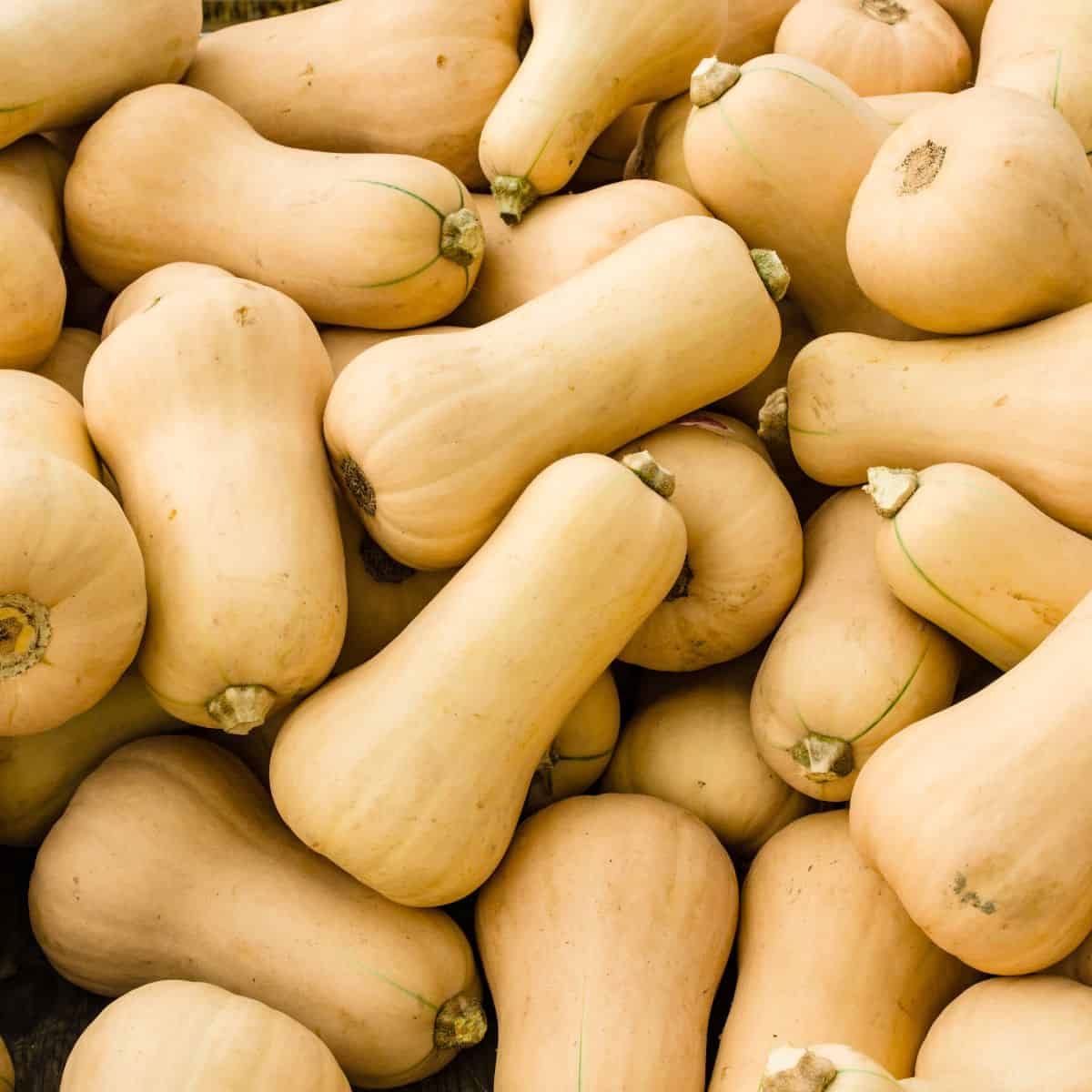

0 thoughts on “How To Store Buttercup Squash”